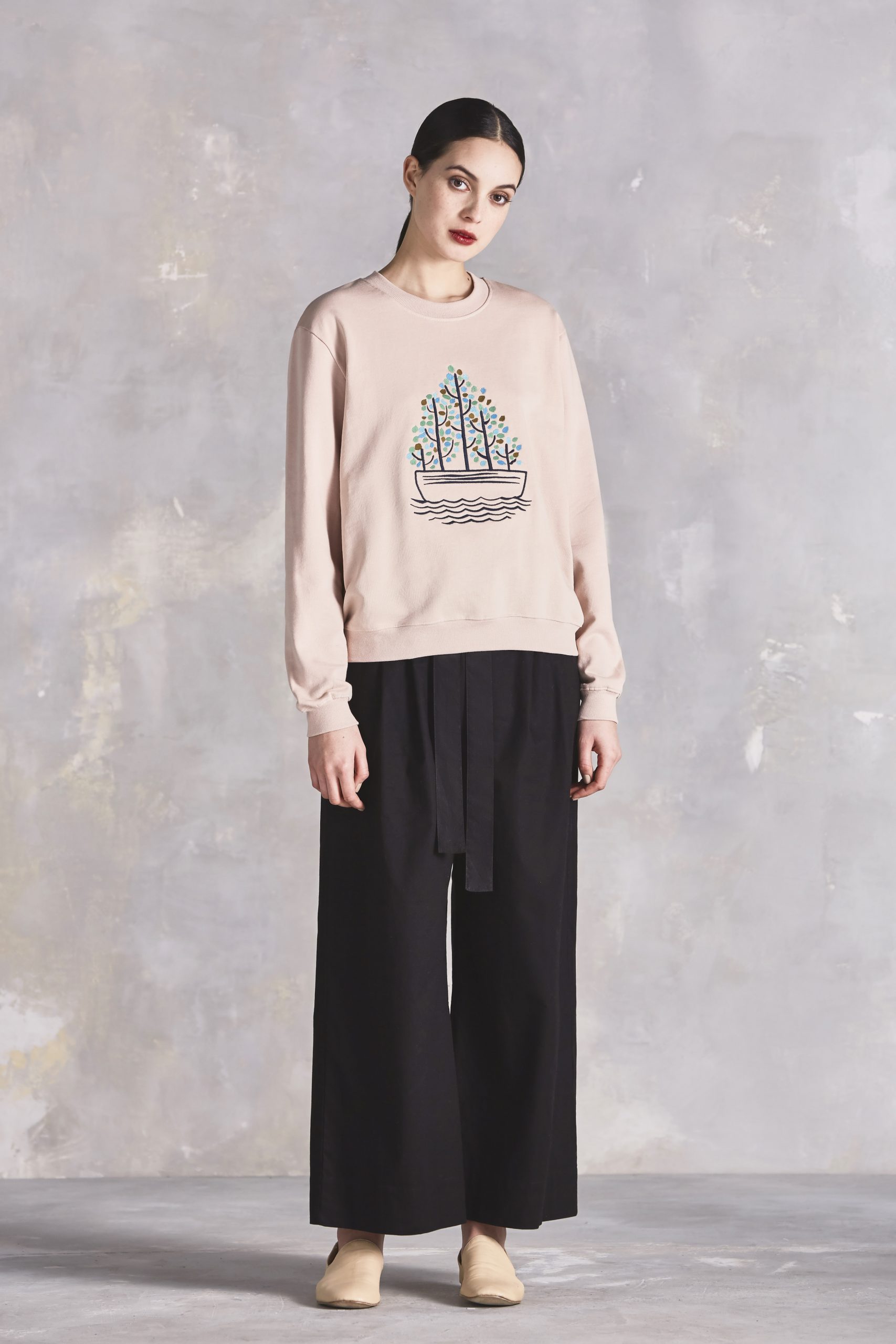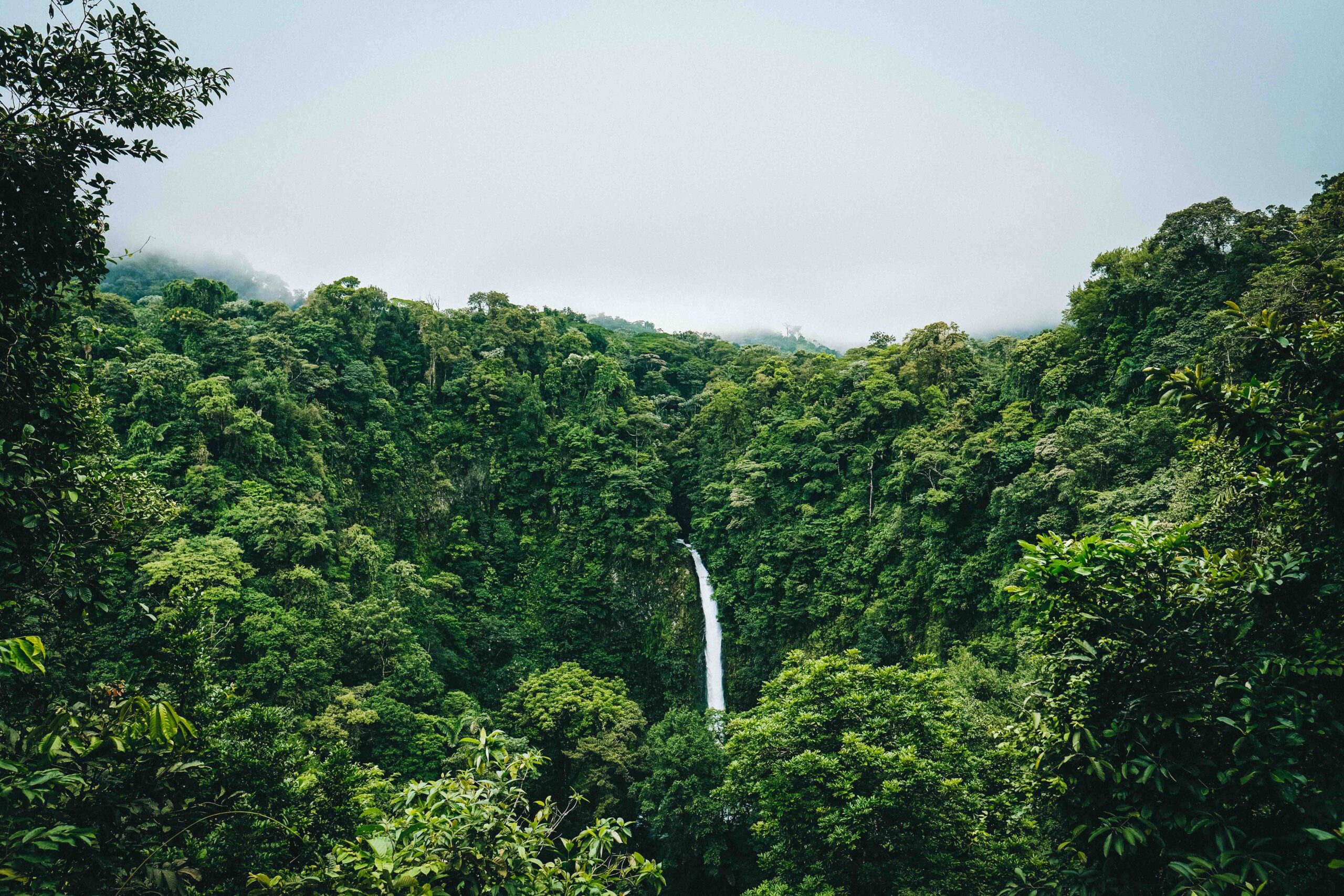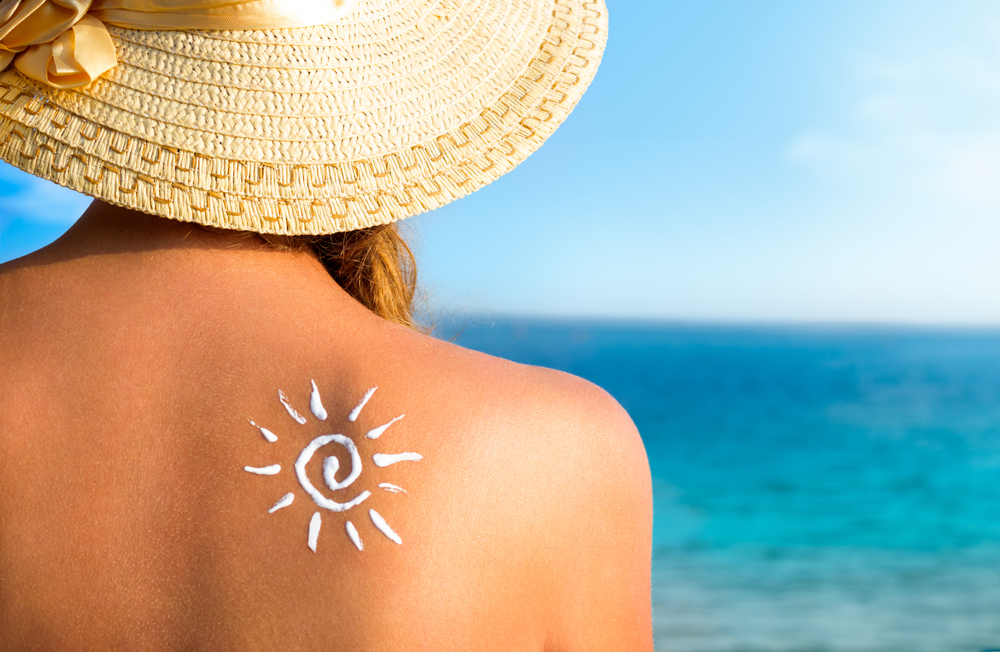Tearfund’s undercover journalist in Bangladesh talks to garment workers who have been affected by the pandemic. Annie-Newton Jones, part of the team behind the Covid Fashion Guide and Report, and Gary Shaw, Head of Corporate Social Responsibility for Kathmandu, give us their take on how Kiwi companies are making a positive impact on the fashion world.
On April 24, 2013, Rana Plaza, an eight-storey garment factory in Bangladesh, collapsed taking the lives 1,134 and injuring 2,500. It is considered the deadliest garment factory disaster in history.
This tragedy was the catalyst for the Ethical Fashion Report produced by Tearfund New Zealand and their partner, Baptist World Aid Australia. The guide aims to bring change by highlighting clothing companies that are working towards improving working conditions and wages for workers in their supply chains and urging consumers to support those companies that are more ethical. By creating the Guide and Report, they began to keep companies and supply chains accountable for their actions to ensure a disaster like Rana Plaza would never happen again.
This year the fashion industry was shaken for a second time by a pandemic that is still sweeping the globe. Covid-19 has impacted garment workers on a massive scale and continues to do so. In the early months of 2020, more than 50 million garment workers lost wages totalling NZ$8.7 billion. One million workers lost their jobs in Bangladesh in April, and by May, over 30 per cent of Bangladeshi garment workers reported their children went without food.
Tearfund New Zealand’s undercover journalist interviewed more than 15 garment workers in three different areas to find out just how badly garment workers have been affected by the pandemic so far.
One of the women he met was Shikha, a 28-year-old machine operator in a garment factory in Bangladesh. She has been working in the factory for almost 12 years and her husband has been working in the same garment factory for 8 years.

The biggest challenge she faces is standing all day. “Our work is based on how many pieces we can make in a day, so if I sit down and rest, it is my loss. You make more, you get paid more.”
Shikha is constantly in pain. “I get leg swelling, back pain. I think the working conditions could be better.”
She is also concerned about she and her husband’s safety due to COVID-19.
“We do our best to social distance and to stay away from others, but it is difficult.”
At the start of the pandemic, Shikha and her husband struggled to get work as they do not have a fixed salary. No work for many families in Bangladesh often means no food. Now they are working overtime with hardly any breaks.
Unfortunately, this reveals the dark side of the fashion industry but is it not all bad. Meet Lakhi, a worker who has reaped the benefits of an improving fashion system.
Lakhi feels as though she has been treated fairly during the pandemic. She has been working as a garment worker for eight years. She spent more than seven years in one factory and has now been in a new factory for the past couple of months.
“At the first factory, I started as a helper on NZ$150 a month and then I was promoted to a machine operator. My salary went up to NZ$215 or NZ$240 if I worked overtime,” she says.
“It was an exceptional factory – they give my salary on time and other bonuses. They also have very good medical care.”
Even when her factory was closed for more than two months, she was still paid her basic salary.
Now she is working in a different company. But she says this company still treats her well and has many COVID-19 precautions in place, like wearing a mask and having cleaning stations where they can clean their hands and feet.
Tearfund’s Corporate Advocacy Specialist Annie Newton-Jones is one of the faces behind the new Covid Fashion Report and Guide, encouraging consumers to shop ethically.

Tearfund’s corporate advocacy specialist Annie Newton-Jones.“We wanted to stand alongside companies and work together to protect vulnerable workers and their communities,” says Annie.
“Covid-19 is the biggest crisis to hit the fashion industry. We’ve seen major supply chain disruptions and vulnerable workers being exposed to more risks.”
Instead of an A to F grading system, The Covid Fashion Guide gives consumers the skills and knowledge they need to continue shopping ethically in the challenging Covid context. “By equipping consumers to make their own assessments, the power is back their hands,” Annie says.
As a part of this year’s Report, Tearfund and Baptist World Aid challenged companies to make six Covid Fashion Commitments.
“These commitments, when acted on, are intended to mitigate the biggest risks to workers during the pandemic. The Report highlights what companies did to support workers during this time,” Annie says.
“The majority of Kiwi brands care about their workers. Six out of 11 companies involved scored in the highest tier category, which means they were able to provide evidence of actions against every single commitment. This is above the global average, so I think this is a promising statistic for New Zealand companies.” Kathmandu, Macpac, Icebreaker, Glassons, Hallensteins, Freeset and AS Colour all landed in this top tier.
“Seventy per cent of New Zealand companies made an effort to make some sort of immediate change throughout the supply chains,” Annie says.
Head of Corporate Social Responsibility for Kathmandu Gary Shaw says, “It’s about changing the mindset behind the existing business model to benefit all stakeholders, especially those most vulnerable in our global supply chains.”
“It is giving Kiwis and Australians the power to buy ethically made and sustainable products, as well as change the world and make a positive difference through their buying choices.”
Together, consumers and companies have the power to improve the lives of garment workers like Shikha and Lakhi and change the global fashion system for good.
Find out how you can make a difference by downloading the guide here.






